Macular Degeneration: What It Is and How It’s Treated
Macular Degeneration is the most common cause of vision loss over 65. Often the signs are seen decades before trouble begins. Unfortunately, many simple early treatments that can lower the risk of vision loss aren’t started soon enough.
Having your vision fail as you get older can be concerning. Often people consider it a natural part of aging. That just isn’t true.
What Is Macular Degeneration?
Macular degeneration is a condition of the eye in which the center of the vision or macula degenerates. While this can happen to anyone of any age, it is most common in older adults. When it occurs in older adults, it is called age-related macular degeneration. The condition will worsen without treatment and slow reading speed and ultimately cause damage to the best, reading, central, and color vision. (more…)
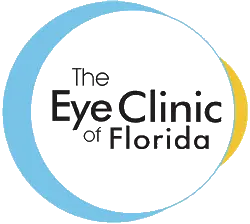


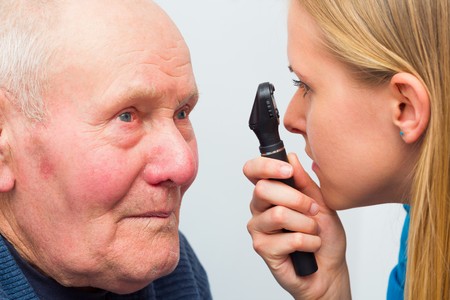
 Cataracts are the most common eye condition over age 50. Almost everyone will get a cataract during their lifetime. Guess what the most common surgery in the world is? It’s cataract surgery. It’s also one of the most successful. Cataracts progress slowly so there’s time to plan your best options. Here are some common questions we often are asked about cataracts.
Cataracts are the most common eye condition over age 50. Almost everyone will get a cataract during their lifetime. Guess what the most common surgery in the world is? It’s cataract surgery. It’s also one of the most successful. Cataracts progress slowly so there’s time to plan your best options. Here are some common questions we often are asked about cataracts.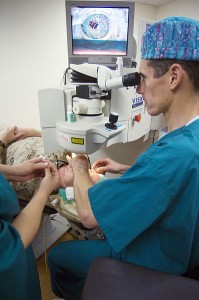 Lasik eye surgery is one of the most successful surgeries ever done. There are some very good reasons to get off the fence and move forward with Lasik sooner rather than later. When you look at all the factors involved, Lasik can be very helpful and reduce your expenses over time. Consider these top three reasons to get Lasik eye surgery.
Lasik eye surgery is one of the most successful surgeries ever done. There are some very good reasons to get off the fence and move forward with Lasik sooner rather than later. When you look at all the factors involved, Lasik can be very helpful and reduce your expenses over time. Consider these top three reasons to get Lasik eye surgery.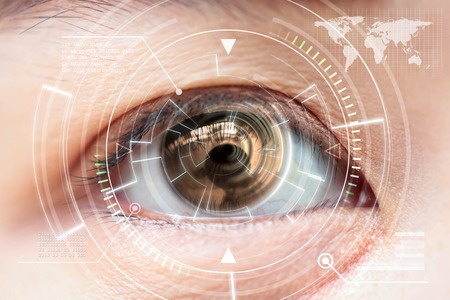 Glaucoma is a very common cause of visual disability world-wide. Sadly is often preventable.
Glaucoma is a very common cause of visual disability world-wide. Sadly is often preventable. If you have less than perfect eyesight, you may be considering Lasik eye surgery. There are many advertisements and testimonials on television and social media, so nearly everyone has at least heard of Lasik. But if you don’t understand how it can help you, you may be on the fence about spending the money. There are several good reasons to consider Lasik eye surgery.
If you have less than perfect eyesight, you may be considering Lasik eye surgery. There are many advertisements and testimonials on television and social media, so nearly everyone has at least heard of Lasik. But if you don’t understand how it can help you, you may be on the fence about spending the money. There are several good reasons to consider Lasik eye surgery.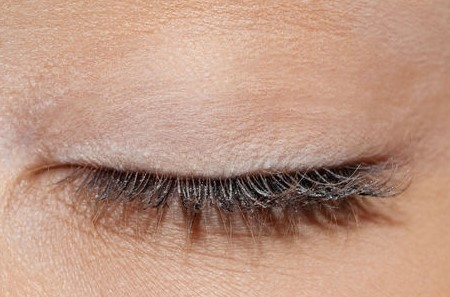 Your appearance is defined by so many elements, especially in your facial region. The contour of your cheeks, the fullness of your lips, and the size and shape of your eyes all contribute to the distinguished look of the person you see in the mirror. As you get older, you may find that your eyes are changing for the worse, especially around the eyelids.
Your appearance is defined by so many elements, especially in your facial region. The contour of your cheeks, the fullness of your lips, and the size and shape of your eyes all contribute to the distinguished look of the person you see in the mirror. As you get older, you may find that your eyes are changing for the worse, especially around the eyelids.